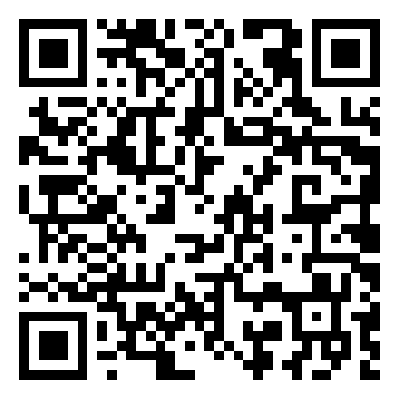Yi Chun Fang - Shan Hai Guan, Bai Cao Moxibustion, Warm and Nourishing Kung Fu
Yi: Nourishing oneself, nourishing oneself, symbolizing the nourishment of the body and mind.
Pure: Pure, refined, symbolizing the refinement of the essence.
Prescription: Prescription, medical treatment, symbolizing the art of health preservation
The logo of Yichun Fang brand features three intersecting rings in the shape of a clover. 3、 It is an essential number in ancient traditional culture. In ancient traditional culture, the three were considered auspicious numbers, and auspicious words and patterns related to them include "Three Yang Kai Tai", "Three Duo Jiu Ru", etc., all of which express expectations for beautiful things such as health, longevity, and offspring reproduction. Many cultural concepts in China originate from the three, such as the Three Sovereigns (Jun, Qin, Shi), the Three Emperors (Emperor, Emperor Di, Emperor Tai), and the Three Talents (Heaven, Earth, and Man). These concepts are not only reflected in daily life, but also widely used in literary and artistic creations. In Shuowen Jiezi, "three" are described as the way of heaven, earth, and humanity, symbolizing the relationship between the universe, life, and society. San is also considered as the connection between heaven, earth, and humans. Chinese Taoist culture proposes that one's life, two's life, three's life, and all things are created. Reflects the unity of heaven and humanity and cultural concepts in Eastern philosophy

Advantages
-
Development
Moxibustion has mysticism and peculiar treatment methods, magical acupoints, qi, channels, and a certain sense of esoterism, closely related to Chinese herbal medicine, acupuncture and moxibustion, massage, moxibustion and other therapies. Moxibustion in Japan: Moxibustion is quite popular in Japan, and there have always been proverbs in Hokkaido, Japan, such as "Do not travel with people who do not moxibustion for three miles" and "Everyone moxibustion at the acupoint of the wind gate". Moxa: Moxa is also known as moxibustion in the West. The term was coined by Dutch people such as Ponte and Lenny, who introduced moxibustion to Europe in the mid-17th century.




